
Sales Manager at PASS Ltd, David Atkins, recently returned from a trip to Teledyne FLIR’s factory in Täby, Sweden where he met with Jonas Bolinder, Teledyne FLIR’s Northern Europe Sales Manager for R&D, Science, and Automation cameras, and “lovely chap” (as described by David). The purpose of the trip was to discuss Teledyne FLIR’s automated thermal camera series, the Axxx range. We caught up with David on his return.
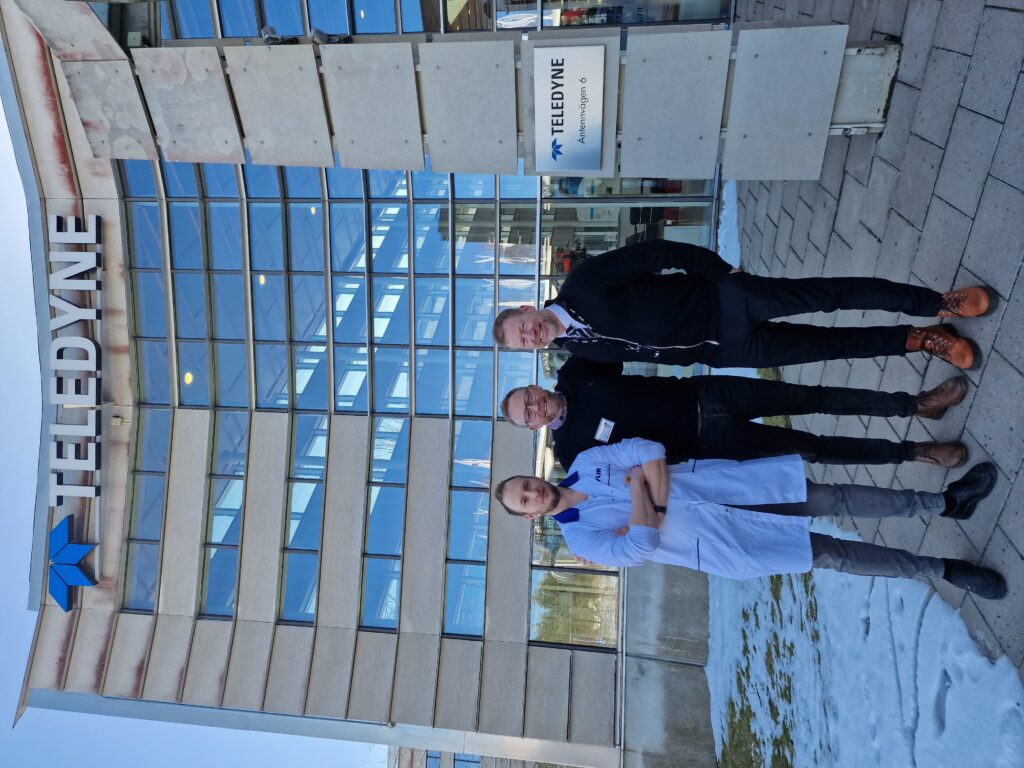
You recently visited Teledyne FLIR’s Factory in Sweden, could you tell the readers a bit about that?
[The visit] came about because we [PASS Ltd] are their [Teledyne FLIR’s] master distributor in the UK for many of their products, particularly the handheld range of systems. We’ve always had access to their automation [cameras] and [the purpose of the trip] was to gain more experience within the automation sector. So, understanding the new products and how they work with image streaming and smart sensor configurations, which are software [programs that] work alongside the cameras, [and getting] experience with their machine vision cameras.
With the acquisition of FLIR by Teledyne, [who have] always had the machine vision side of the business, they’re going to integrate [machine vision] with the thermal side which coincides with what we already do. They’ve got some really interesting new products from Geva Machine Vision and Vicore Machine Vision, which work with existing automation cameras and work out dimensions. You can then calculate whether the production process is working correctly by the shape of the object. You can also measure the temperature, which you’ve always been able to do with the automation [cameras]. Now they’ve collided, you’ve got an all-in-one solution for every manufacturing application.
Did you see examples of these cameras while you were there?
Yes. [On the first day] we touched base about the new Geva and the new Vicore solutions. It was an intense day on the second day, plus I was very tired as you can imagine. We got hands-on. We were joined by two other colleagues, Petter Sundin the Product Manager and Nasim Gauhar the Product Specialist for Machine Vision. It was really interesting because I haven’t seen machine vision before. We’ve got some exciting kits coming out, which are going to be available, in Q2 (beginning of April to July). My view on it is that it’s like when digital cameras integrated thermography; it really exploded because you got a visual [image] and you got the thermography [image]. This isn’t quite the same thing but it lets you look at shapes, dimensions, sizes, movements, as well as temperature. It’s a really exciting time for the products.
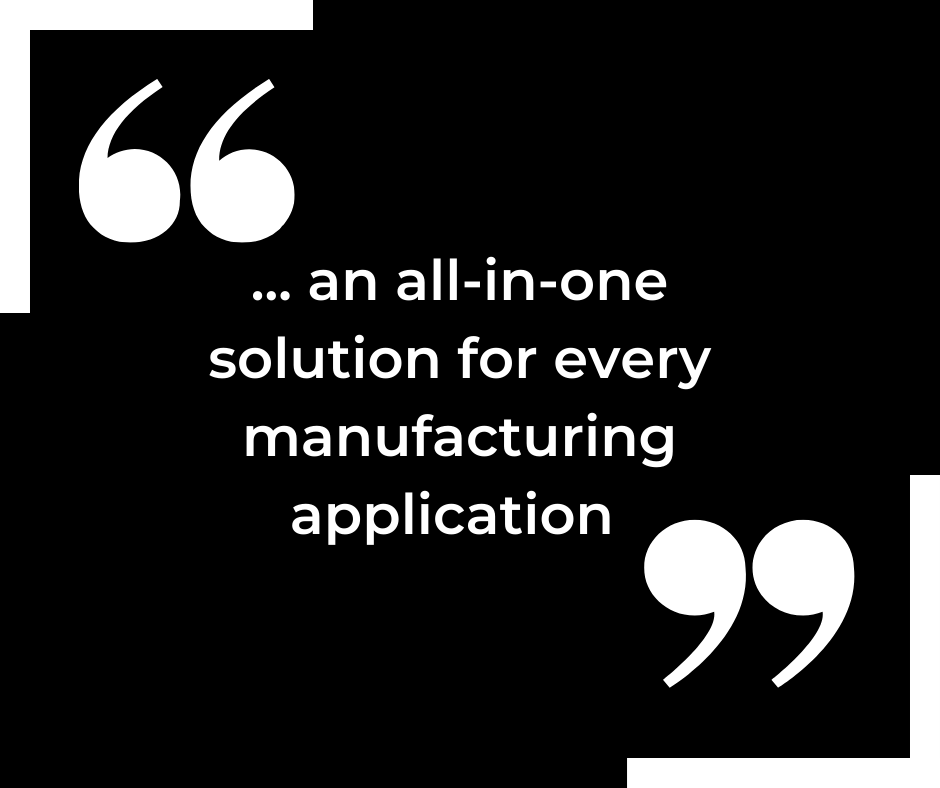
One of the exciting things to come out of your visit is that PASS Ltd is now an authorised UK distributor of Teledyne FLIR’s Axxx Automation Thermal Cameras. Does that mean you’re one of the UK’s foremost experts on Teledyne FLIR’s Axxx series?
Yes, we are able to consult with the customer and help them choose the right system for their application. It’s exciting for us to be able to bring these solutions to our customers. We're working with previous FLIR distributors who integrate the systems. So, from our point of view, it gives us a lot of freedom to focus more on the Axxx series cameras as well as having FLIR's support, we work with application specialists and system integrators.
Could you tell the readers a bit about these Axxx series cameras?
Whether it’s quality control, whether it’s fire [prevention], or whether it’s manufacturing, most companies want to try to reduce the risk of fire or maintain a very high standard of production.
From the fire and safety side, these [Axxx series] cameras can be set with alarms to trigger when a temperature threshold is breached, [which] massively reduces the risk of a fire breaking out on site. So, you can set a temperature, and if the temperature exceeds that it will send an email; trigger an alarm; [or] trigger a sprinkler.
From the production and manufacturing side, [the Axxx Series Automation Thermal Cameras] assist with making sure the quality of the product is maintained. Where companies manufacture goods that should maintain a certain temperature when coming off or through the production line, [the Axxx cameras] can monitor an area [or] a product. If that product doesn’t maintain an even level of temperature throughout the process, [the company] can stop production so they’re not wasting time or producing a product that isn’t fit for purpose.
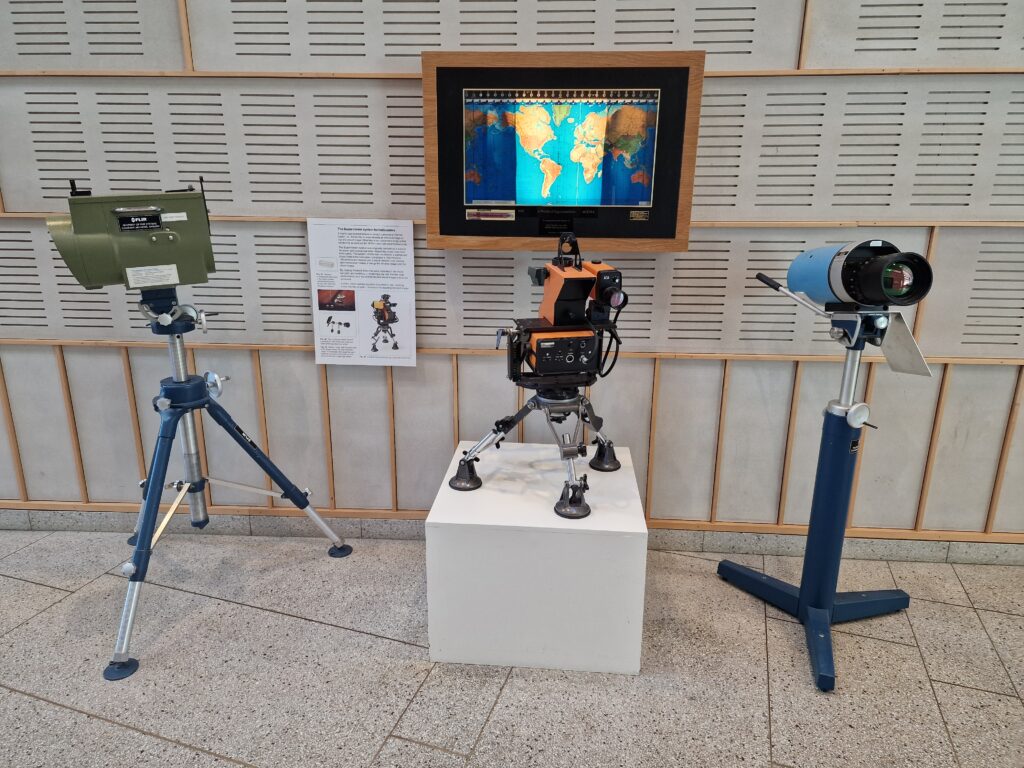
Which sectors/areas do you think would get the most use out of these cameras?
- Food
- Engineering
- R&D - although there is a specific Teledyne FLIR range for R&D
- Recycling
- Battery monitoring
- Fixed system temperature monitoring of electrical applications/ components
There’s quite a vast portfolio that these cameras fit into.
Am I correct in thinking these cameras are completely configurable? Customers must choose a thermal core, which is essentially the body of the camera; then select a software program to be uploaded; then pick a lens to be fitted; and finally, add any additional features or functions such as Wi-Fi connectivity.
This is where the changes in part numbers are going to become a lot more streamlined. [Originally], for the Axxx series cameras there was a solution, basically out of a box, and you just had to work out which SKD it worked with. Then they [FLIR] made it more complicated: you got a core with one price; then you had to choose a lens which was another price; then you had to decide whether you wanted image config or smart streaming. It was a complicated process. When you were looking at the price, it went from one price just for the core to an accelerated price when you added all the add-ons. So, FLIR, based on feedback, which is great [because] they’ve listened to the marketplace, are now going to create a kit [with one] price. Depending on what lens you want, what core you want, what config you want, [there’ll be one] part number with all three components in. Then the rest of the accessories, say Wi-Fi or Digital MSX, you can bulk on as you would with any other product. [So it’s] much simpler.
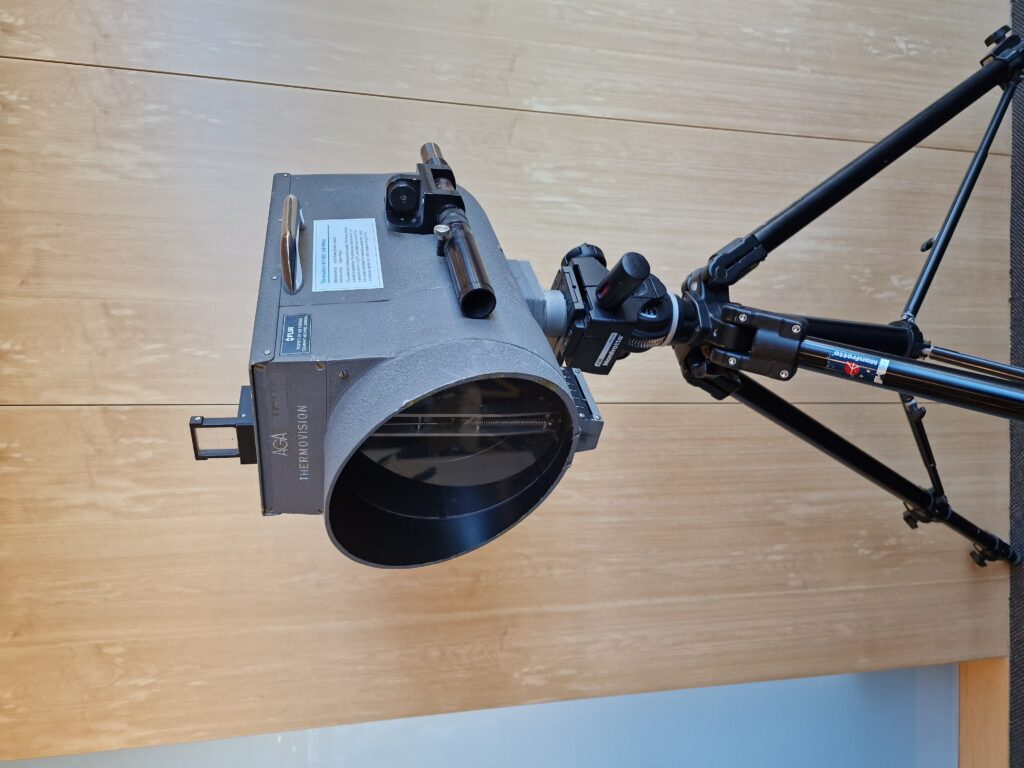
As you say, the initial configuration might have seemed complicated to the customer, but now that’s changed. So, what would you say to those people who were considering buying a Teledyne FLIR Axxx Series Automated Thermal Camera but were previously put off by the configuration process?
Well, they [the Teledyne FLIR Axxx Thermal Cameras] are still quite complex in the way that they’re set up. We need to know how [the customer] wants to install it and what the system needs to go into. We’re going to be doing a lot of work on the website to make it as easy as we can for the customer to understand. Still, the customer is best off calling or sending an email. I’m available most of the time. Then, we do what we do best. We listen to the customer, see what their needs are and talk them through the process. If it means demoing on Zoom or Teams so they can get a feel for what the product is capable of; of course, we can set that up quite easily. If it gets a little further down the line, we might need to do a site demonstration, and we can arrange that as well. The great news is, with [PASS Ltd] being a master distributor, we get full support from [Teledyne FLIR]. We’ve very much got them onboard, we keep them updated, and they engage because they want to make the process as simple as possible.
Now, in terms of training, we would always advise that if you’re going to be investing in a system worth thousands of pounds, you need someone on the site who is going to be able to interpret the image. We offer ITC training courses, which I would recommend anybody serious about thermography to attend because it’s the only certified course. You’ll get a full understanding of thermography, emissivity, temperatures, reflections, radiation, etc. The automation cameras are going to be fixed, monitoring 24/7, 365 days a year, so someone has got to understand what the camera is reading. [Therefore] training is integral and we would always recommend going on a course.

PASS Ltd has long enjoyed a good relationship with Teledyne FLIR, do you think that influenced their decision to appoint PASS Ltd as one of their authorised UK distributors of the Axxx series?
There hasn’t really been a big focus from Teledyne FLIR (on the Axxx series) because they do so well in other areas [but] the automation market is, potentially, really large. In the past, we’ve done well with [Teledyne FLIR] products. I think [Teledyne FLIR] know that if we [PASS Ltd] invest into this quite heavily in terms of pushing the product and marketing it to the right industries, we can create a lot more awareness and with a lot more awareness comes a lot more interest. So, they’ve gone with us because of that and what we do with other markets within thermography. As you know, we don’t like letting manufacturers down and once we get the bit between our teeth, our sole intention is to do well, be successful, and drive the product forward. [The Teledyne FLIR Axxx Thermal Cameras] are definitely products that most companies could use in their armoury to improve quality control or production. Yes, they are costly but once the system is in place, it’s in place. We know the quality of Teledyne FLIR’s systems and products, a one-off purchase is going to last an awfully long time.
That’s why it’s advantageous for Teledyne FLIR but why is this a good opportunity for PASS Ltd? What makes you excited about offering the Axxx series?
Not a lot of companies are only interested in measuring temperature, and now you can measure a lot more than that with the Vicore or the Geva. We know how successful we’ve been in the handheld industry and within the handheld and instrumentation [industries] is a customer database wondering how they can improve on what they already do. It’s exciting for us because we understand [the Teledyne FLIR Axxx Series Automated Thermal Cameras] more and that means we can help the customer understand [the products] more. It’s going to have major benefits for [our customers] and, for us, it helps us grow as a business. Hopefully, as this expands, we can expand.
Teledyne FLIR is by far, in our opinion, without being too biased, one of the best manufacturers that we deal with. They make great products, they deliver on good timescales, and [a lot of our] customers already have FLIR systems. Improving quality control and improving manufacturing and safety, are things we deal with already. It’s a great opportunity for Teledyne FLIR to have us in this position to push the product, but, obviously, it’s a great opportunity for us because it helps our customers see that we understand thermography as a whole. We’re not just selling handheld thermal cameras; we’re [involved] in the automation side as well.

If people want to know more about the Teledyne FLIR Axxx Automated Thermal Imaging Cameras, what can they do?
- Reach out through the webpage (via our online form)
- Email us at info@pass.co.uk
- Email me at dave@pass.co.uk
- Call me directly on 01642 626 142
It’s just a case of engaging. Let us know what it is you want to do, that’s the most important thing, and we’ll spec a camera based on the application. We have basic cameras for entry-level, the Ax8, right up to the A700 series which are really advanced systems with great accuracy and they go to 640 x 480px resolutions. [Right across the range], there’s going to be something for everybody.
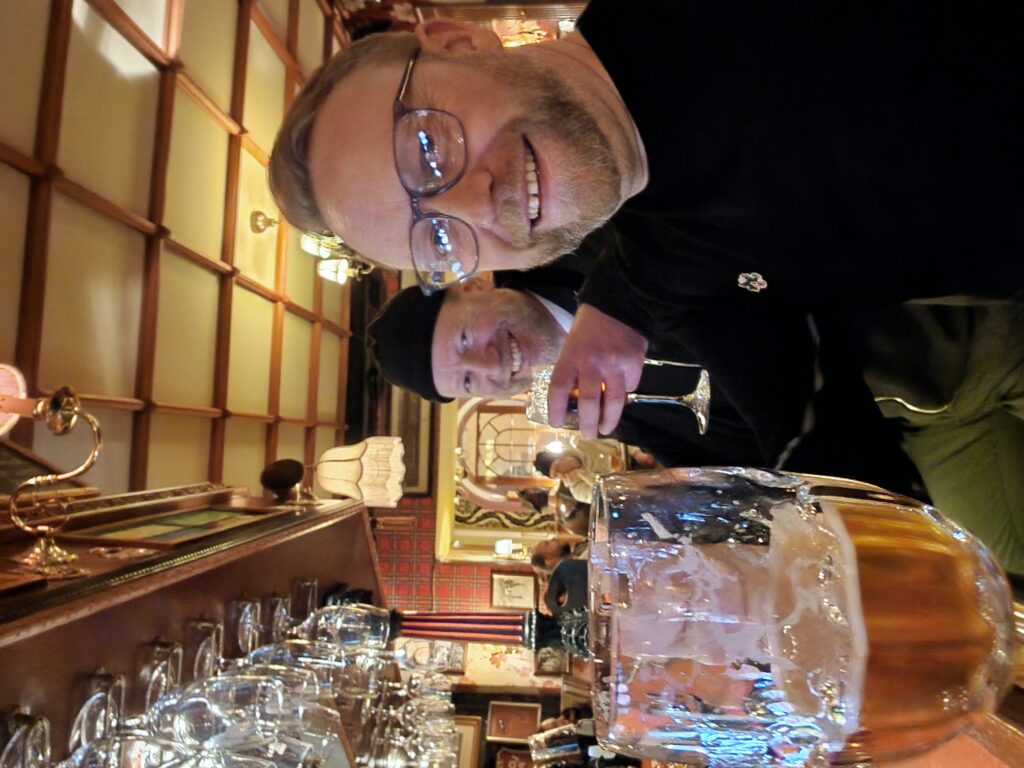
Further Information
Many thanks to David Atkins for speaking to us. Remember, you can contact David on 01642 626 142 or at dave@pass.co.uk. Alternatively, feel free to email our Customer Service team at info@pass.co.uk; or get in touch with us via our online form.
In the meantime, you can browse our extensive range of Teledyne FLIR Automation Thermal Cameras here.


